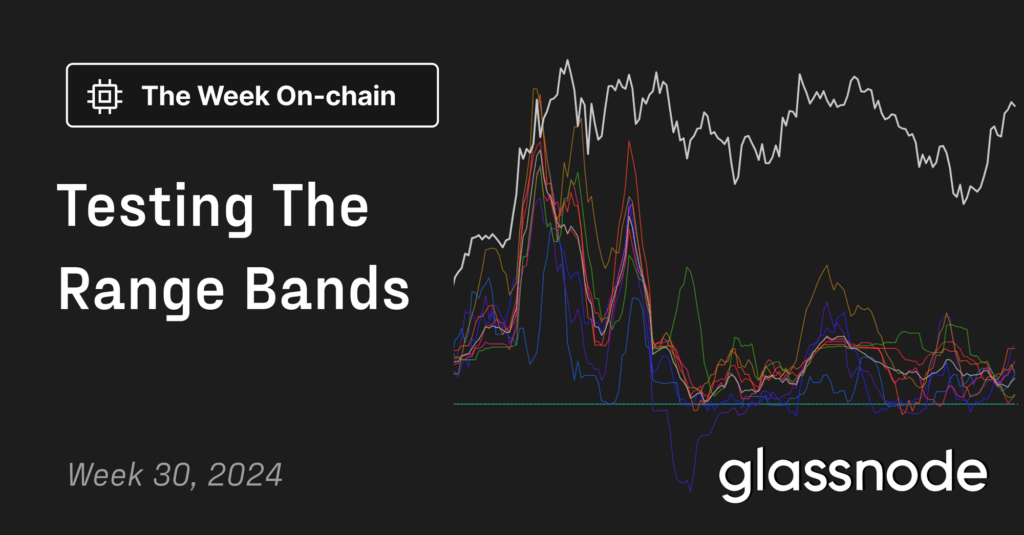Research Summary
The report discusses the application of Machiavellian principles to decentralized governance in web3 protocols and Decentralized Autonomous Organizations (DAOs). It explores the design considerations, strategies, and tactics for creating a “Machiavellian DAO”, the importance of identifying stakeholders, and the need for balanced incentivization schemes. The report also provides guidelines for designing Machiavellian DAOs, including governance minimization and establishing a leadership class.
Key Takeaways
Applying Machiavellian Principles to Decentralized Governance
- Decentralized governance in early stages: The report highlights that web3 protocols and DAOs are still in their infancy, requiring solutions to address current issues.
- Machiavellian principles for improvement: The application of Machiavellian principles can address shortcomings in decentralized governance and enhance social hierarchies.
- Creation of a “Machiavellian DAO”: Design considerations, strategies, and tactics based on Machiavellian principles can be used to create a more effective DAO.
Identifying Stakeholders and Balancing Power
- Importance of stakeholders: Identifying relevant stakeholders in the ecosystem is crucial for balancing power and determining incentives.
- Incentivization schemes: These schemes should balance value accrual to the protocol/DAO with other stakeholders to avoid commoditization or centralization.
- Regulatory compliance and client dominance: A balanced approach to incentives is necessary for regulatory compliance and to prevent client dominance.
Guidelines for Designing Machiavellian DAOs
- Governance minimization: DAOs should prioritize governance minimization to protect their credible neutrality. This can be achieved by reducing protocol governance to unavoidable decisions.
- Establishing a leadership class: A leadership class should be established to handle remaining governance matters effectively. This class should be counterbalanced to ensure open opposition and prevent autocratic leadership.
- System of checks and balances: A bi-cameral governance layer can provide a system of checks and balances. A stakeholder council can be established using non-transferable NFTs to propose and vote on matters before the DAO.
Power Dispersion and Stakeholder Interests
- Power dispersion: Power should be dispersed among the leadership class to avoid control by any individual or group, considering potential negative implications under U.S. securities laws.
- Assessing stakeholder interests: The interests of various stakeholders should be assessed to identify competing and aligned interests, with on-chain incentives providing a starting point for analysis.
- Balance of voting power: The voting power of stakeholder representatives should be balanced based on the interests of their respective constituencies, promoting competition and rivalry.
Accountability Measures and Incentive Alignment
- Enhancing accountability: DAOs should implement measures to enhance accountability, such as holding members of the leadership class accountable for their voting history.
- Robust client ecosystem: A robust client ecosystem and third-party product/service provider layer enable users and client operators to hold them accountable.
- Lockup mechanisms: Lockup mechanisms, requiring stakeholders to lock governance tokens, can promote incentive alignment among the stakeholder council and token holders.
Actionable Insights
- Investigate the Potential of Machiavellian Principles: Consider the application of Machiavellian principles to improve decentralized governance in web3 protocols and DAOs.
- Focus on Stakeholder Identification: Prioritize the identification of relevant stakeholders in the ecosystem for effective power balance and incentive determination.
- Implement Governance Minimization: Explore the implementation of governance minimization in DAOs to protect their credible neutrality.
- Establish a Balanced Leadership Class: Establish a leadership class with a system of checks and balances to handle governance matters effectively.
- Enhance Accountability Measures: Implement measures to enhance accountability among members of the leadership class and promote incentive alignment.












